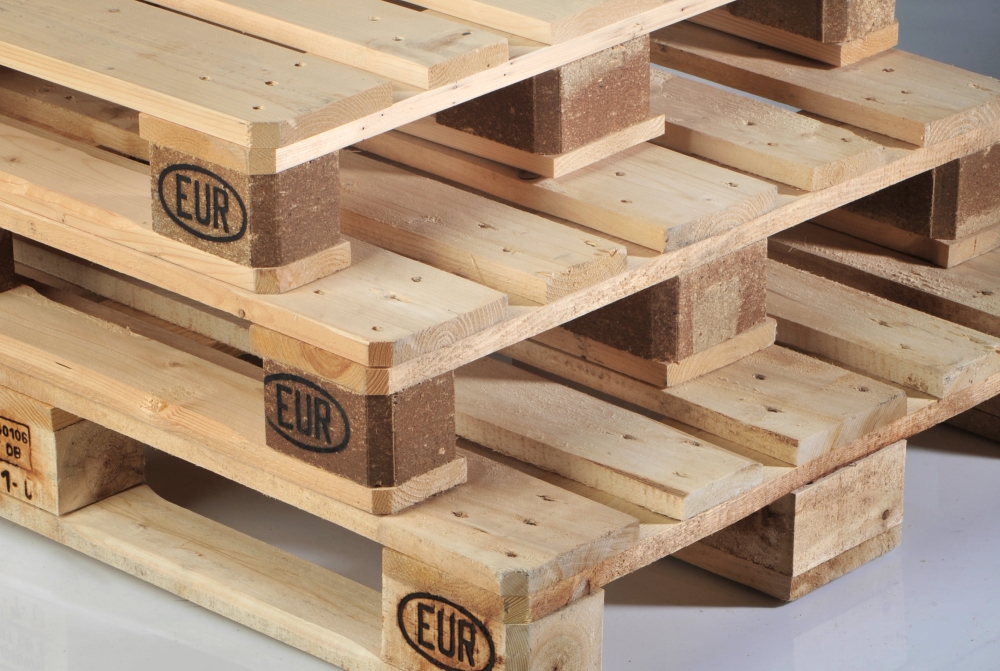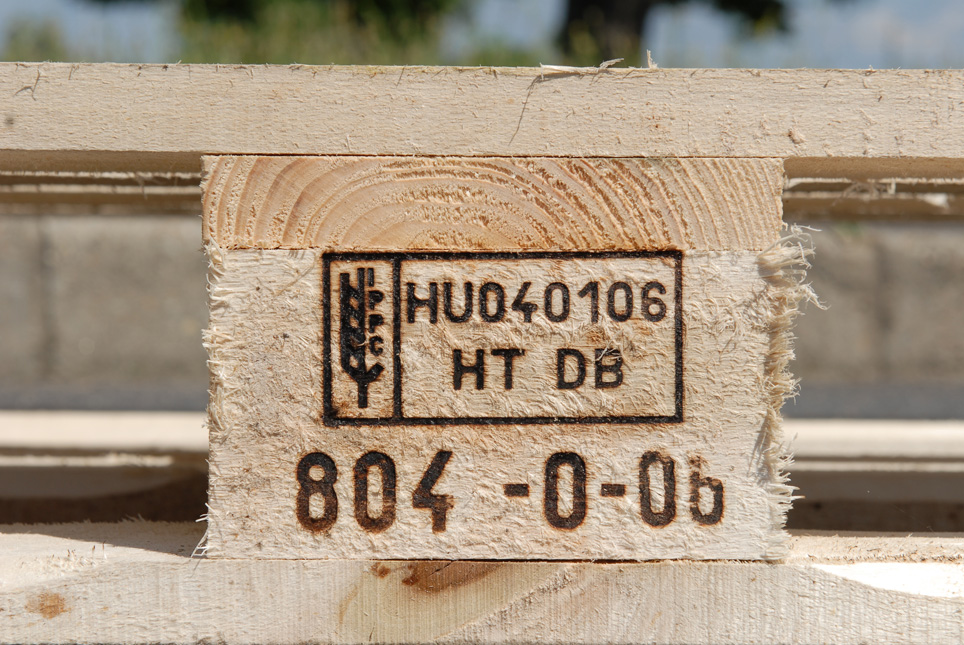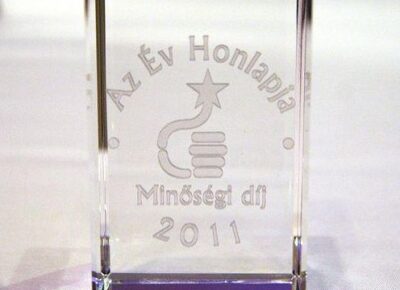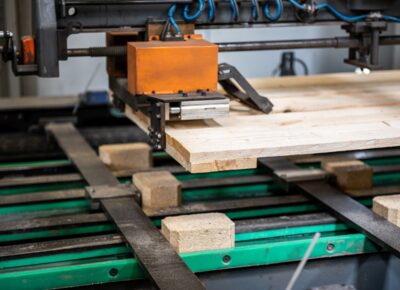The most spread type of pallet worldwide the EUR pallet group, which we’ll introduce to you in a two-piece article series.
The past of EUR pallets…
The past of EUR pallets goes back to 1960. Then the Association of European Railways (UIC) gave out a mandate to introduce a standardized, common pallet type.

The size of the pallets where formed accordingly to the size of the wagons, because their main purpose, the heavy-duty rail freight was.
The person, who created the standard, is unknown, but it’s a fact, after the standardizing, most companies changed to EUR pallets.
The different lorry’s body, the forklift trucks used during loading and the high bay warehouses where designed accordingly to the new standard pallets.
Because of the increased demands, bad quality EUR pallets occurred on the market, made of bad quality wood, and got moldy easily- endangering the goods transported on them.
Recognizing this problem, the holders of EUR trademark, the European railways formed a standards association, with the duty to monitor continuously the market. On the top of this they’ve specified the EUR sign can be used on pallets only with their permission (in case of new, exchange or repaired ones).
… and present
EUR pallets these days are the most common pallets. Circa 350-500.000.000 EUR pallets are in commercial use worldwide.
EUR pallet types
There are 4 types at the moment: EUR 1 (800×1200), EUR 2 (1200×1000), EUR 3 (1000×1200) and EUR 6 (800×600).
These types are different from each other because of their size and use, but their standardization is identical.
- Whilst assembling the pallet we use 78 pcs of fasteners
- The weight of the pallets can be max. 22-25 kg.
- During production we can only use dry wood, to avoid possible mold and fungus
About EUR standard markings
All EUR pallets have Identification numbers and quality trademarks:
- In the left hand corner the sign of national railway’s mark shows (what allows to monitor the production of EUR pallets) or EPAL logo can be found
- On the middle leg phytosanitary treating marking is placed (IPPC), and in the other line the manufacturer’s code shows, together with the authorization fastener and with the date of production. (Month/Year)
- The repaired and quality checked pallets needs to be marked on the shorter side with an authorization fastener or needs to be marked with the repairer companies marking
- In the right hand corner the EUR logo comes

EUR pallets in our country
In Hungary EUR pallets are the most common type, in both circle: users and producers. Unfortunately the “fakers” like them also, hoping for easy sales and the needs on the market. Knowing this problem the Hungarian authorities (MÁV-REC Kft.) with continuous monitoring (executed by NAV –together) tried to reduce the availability and use of these pallets.
They put an extra effort into also keep the bigger users well informed, regarding these trademarked pallets.
Golden Pallet Ltd. is one of the manufacturers, who keep hi eye on the specifications, and aim for the best quality.
Do you need this solution also? Please take a look at our EUR pallets »





